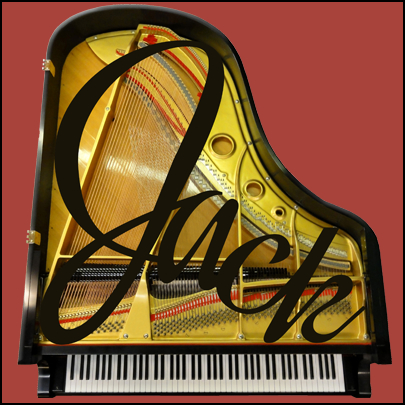Extravagance comes with no price tag. The only way someone would want such an exorbitant "thing" would be for the esthetic, or potentially to add to a collection. Like a fine piece of art, or say a '60's Ferrari California ($2.5m!), these things are simply out of the common person's reach financially. They say many things, but modesty is not one of them.
Take this piano shown below, Bösendorfer's "Opus" grand piano, the 50,000th piano that they have made. This truly is a piece of art, gilded in all sorts of gold leaf and intricately perfected wooden inlays. The mind wonders why such a thing exists in a world rife with poverty and struggle? Let us take a closer look at this "touring" piano.
The "Opus" grand
Do not be mistaken, Bösendorfer is one of, if not arguably the greatest piano maker still in production today. The company has been around for 185 years (being the main reason for the creation of this art-case), and continues to craft an instrument that uses woodworking and engineering technology that surpasses almost every other brand. It is some of the highest quality craftsmanship, and still, after all these years, has made a piano that comes straight from the crate in the closest one can get to pianistic perfection. Bösendorfer only manufactures about 200 pianos each year, which is minuscule compared to Yamaha's ~200,000.
The fallboard with what looks to be an Oscar at the end of the keys.
These opulent things that one can only dream of having, continue to show us one truth; that there can always be something better to strive for, there will always be a "next level" to achieve, and greatness only comes to those who persevere. This piano shows us the progress Bösendorfer and potentially pianos have made, and it does so in the most ridiculously lavish way possible.
This statue and the one that bookends the keys is made of 24 carat gold.
The inlay of the lyre on the side of the piano.
The lyre itself.
The logo on the plate.
The cast iron plate, which is entirely covered with goldleaf.
The name tag is also made of 24 carat gold.
I could go on about how much I do appreciate Bösendorfer and how I love the sound of their instruments... though, it is difficult to justify such an expensive piece ($750,000). There are more expensive pianos in existence, however. The Steinway Alma Tadema (a Steinway model "D") has the price tag of $1.2 million, for example...
My opening argument may seem against such riches, and it still stands, but if these pieces are still going to be made, why not enjoy them while one can? Also, if you're looking to buy a 3/4 of a million dollar piano, come to Classic Pianos before this goes back on tour. I'd like to meet you and know what someone who has "whatever" money is like!
Links:



